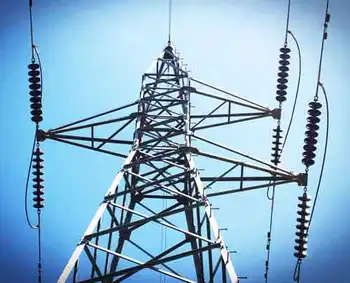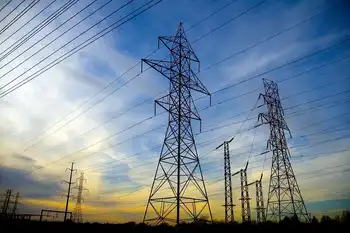Clean energy depends on wider economic growth
By Reuters
NFPA 70e Training - Arc Flash
Our customized live online or in‑person group training can be delivered to your staff at your location.

- Live Online
- 6 hours Instructor-led
- Group Training Available
The big picture for renewables is a sector which may emerge from recession as fast or faster than the wider economy, because government support is often in the form of guaranteed long-term price support.
But capital-intensive projects, such as new installations, are dependent on debt finance and for that reason the sector can only recover fully with a growing economy.
Recession would contribute to a drop in global electricity consumption in 2009 — the first annual drop in 65 years — according to the International Energy Agency (IEA), also curbing energy investment.
The IEA forecasts that renewable energy asset financing will fall 38 percent this year.
"Governments should do more to really address security issues and climate change together," said Nobuo Tanaka, head of the energy watchdog, told the Reuters summit.
Some energy companies and analysts were skeptical about the prospects for Europe to meet a target to get one fifth of its energy from renewable sources by 2020 compared with less than 10 percent now.
"It will be a tough target but it's still reachable," said Vattenfall Chief Executive Lars Josefsson.
The EU target is especially stretching for Britain — which will have to get 15 percent of energy from renewables compared with about 2 percent now.
"There is a theoretical possibility that the UK can meet its target. There is expected to be some shortfall, or a lag," said Kevin McCullough, chief operating officer of RWE Innogy, the renewable energy arm of German utility RWE.
Britain has pinned its hopes on installing offshore wind turbines in the North Sea between Britain, Germany and Norway. The main hurdle was the speed of planning permits, said McCullough.
"Track records suggest that they (the government) won't be able to consent quickly enough to allow those targets to be fully met in that timescale."
RWE expected to generate about one fifth of its power from renewable sources by 2020, said McCullough, compared with about 3 percent now. Clean energy support may increase as policymakers and energy agencies call for a ramping up of investment in clean energy, both to fight climate change and boost energy security.
"(The renewable sector is) well placed to weather the storm better than most other technologies because there's now such a political pull to diversify traditional thermal energy mixes," said McCullough.
RWE Innogy would invest "at least" 1 billion euros this year compared with 1.3 billion last year, he added.
"Almost every company in the alternative energy space said in the second quarter that they've seen an improvement in credit availability," said Roberto Cominotto, director of the $4 million Julius Baer Energy Transition Fund.
That fund was up 35 percent year to date, said Cominotto. That compares with a rise on the MSCI global stocks index of 7 percent, year to date.











